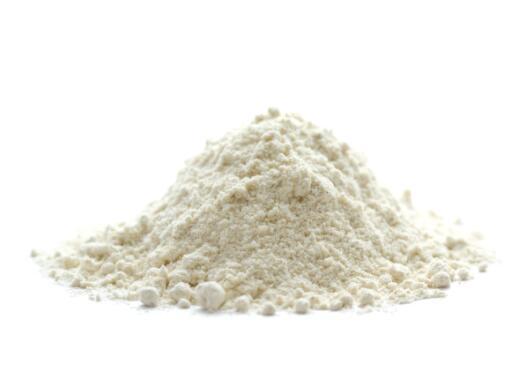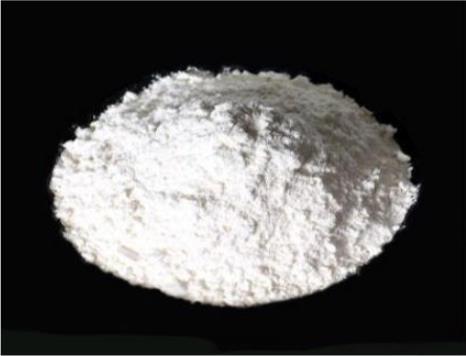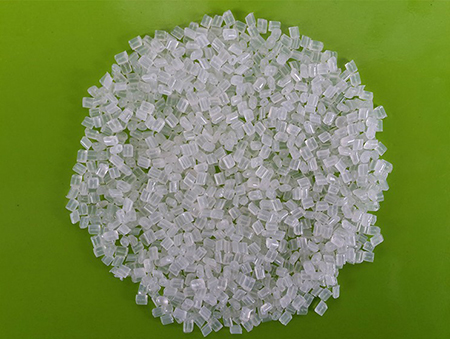Active Pharmaceutical Ingredients (API), popularly speaking, are the raw materials of medicines, only pharmaceutical raw materials are processed into pharmaceutical preparations , can they become medicines available for clinical use, so drugs we usually eat are the finished drugs through processing. Active Pharmaceutical Ingredients based on its sources can be divided into two major categories ,including chemical synthetic drugs and natural chemical drugs. Chemical synthetic drugs can be divided into organic synthetic drugs and inorganic synthetic drugs. Inorganic synthetic drugs are inorganic compounds ( very few is element), such as aluminum hydroxide, magnesium trisilicate which are used for the treatment of gastric and duodenal ulcers ; organic synthetic drugs are mainly composed of drugs made by basic organic chemical raw materials, through a series of organic chemical reactions (such as aspirin, chloramphenicol, caffeine, etc.). Natural chemical drugs ,based on its sources,can be divided into two categories including biochemical drugs and plant chemical drugs. Antibiotics are generally made by the microbial fermentation, which belongs to the biochemistry category. A variety of semi-synthetic antibiotics occurs in recent years,which are biosynthesis and chemical synthesis combining products.Among active Pharmaceutical Ingredients, the organic synthetic drugs varieties, yields and values have the largest proportion,which are the main pillars of the chemical and pharmaceutical industries. The quality of active Pharmaceutical Ingredients decides whether the formulation is good or bad , so its quality standards are very strict ,countries in the world have developed national pharmacopoeia standards and strict quality control methods for its widely used active Pharmaceutical ingredients.
Systemic effects of Nitrous oxide
Nitrous oxide appears to exert its activity at different types of receptors. It has an inhibitory action on NMDA glutamate receptors and stimulatory activity at dopamine, α1 - and α2 -adrenergic and o
Feb 21,2022 APISystemic effects and ?Pharmacology of Halothane
Halothane has a high blood/gas solubility coefficient, which renders it very soluble, and therefore onset and recovery from anaesthesia are the slowest of the modern volatile agents.
Feb 21,2022 APISystemic effects of Sevoflurane
Sevoflurane is a polyfluorinated isopropyl methyl ether (fluoromethyl-2,2,2-trifluoro-1-ethyl ether). Unlike the other volatile agents, sevoflurane is achiral.
Feb 21,2022 APIFunction of Resveratrol
Resveratrol (3,5,4'-trihydroxy-trans-stilbene) is a natural compound found in red grape skin, Japanese knotweed (polygonum cuspidatum), peanuts, blueberries and some other berries. It is a powerful an
Feb 21,2022 APIMechanism of Digoxin
Digoxin is a cardiac glycoside derived from the plant species digitalis (foxglove). A lthough previously used in the management of heart failure, it has largely been superseded for this indication and
Feb 18,2022 APISide effects of Glycopyrrolate
Glycopyrronium bromide is a quaternary amine with similar anticholinergic actions to atropine but without central effects because it is a quaternary amine and does not cross the blood–brain barrier. I
Feb 18,2022 APISystemic effects of Isoflurane
Isoflurane is a halogenated ethyl methyl ether (1-chloro-2,2,2-trifluoroethyl difluoromethyl ether) and is a geometric isomer of enflurane.
Feb 18,2022 APIPhysical properties and Pharmacology of Desflurane
Desflurane is the most recent volatile agent to enter mainstream anaesthetic practice. It has been welcomed for surgical techniques where a fast onset and rapid recovery from anaesthesia are particula
Feb 18,2022 APIThe classification of maleic anhydride antimicrobial polymers
The classification of maleic anhydride antimicrobial polymers can be done by the reaction of anhydride groups with amines forming polyamides and polymaleimides.
Feb 18,2022 APIEfficacy and safety of Diazoxide
Diazoxide is a benzothiadiazine derivative that is a peripheral vasodilator used for hypertensive emergencies. It lacks diuretic effect, apparently because it lacks a sulfonamide group.
Feb 16,2022 API







